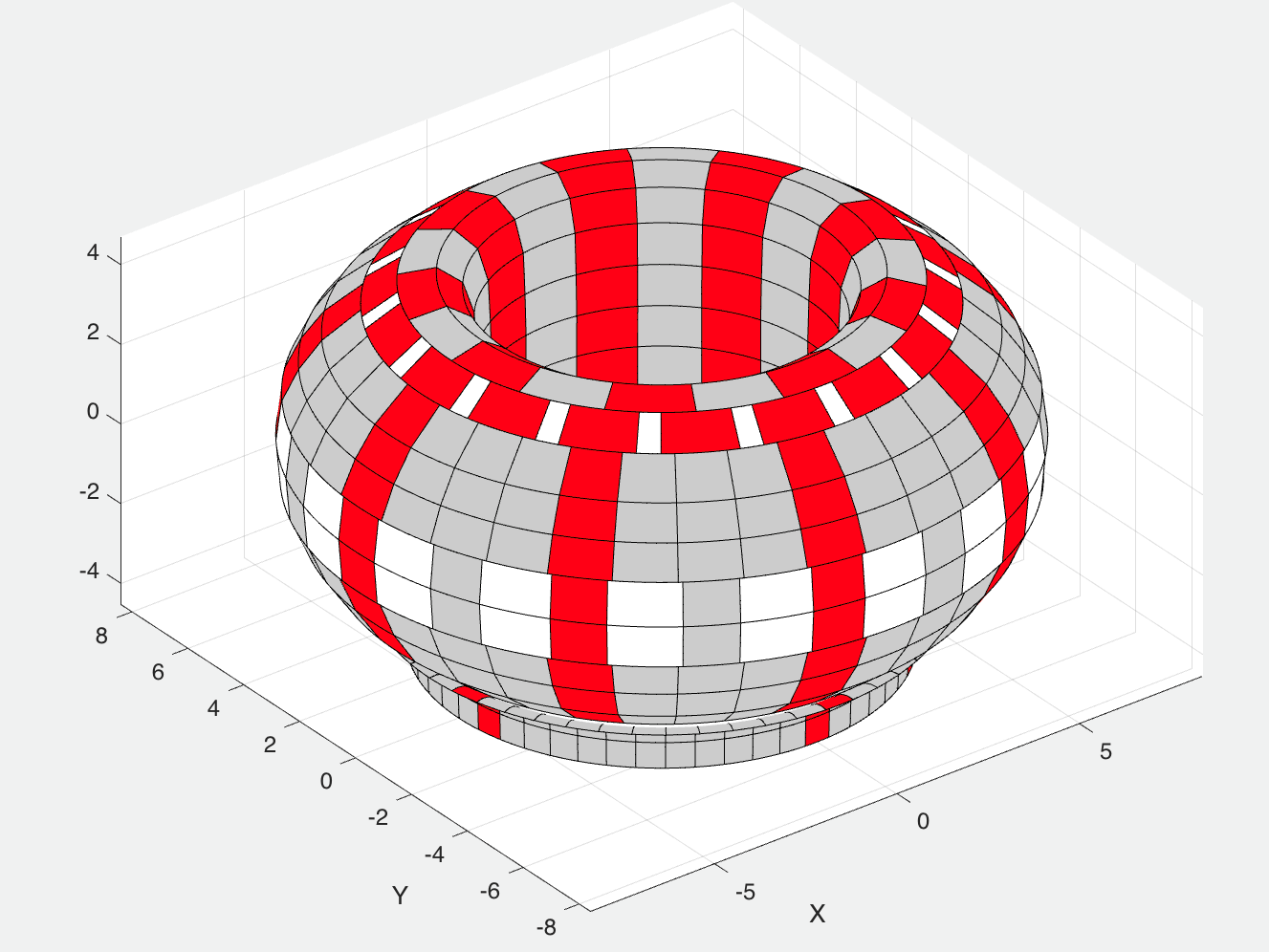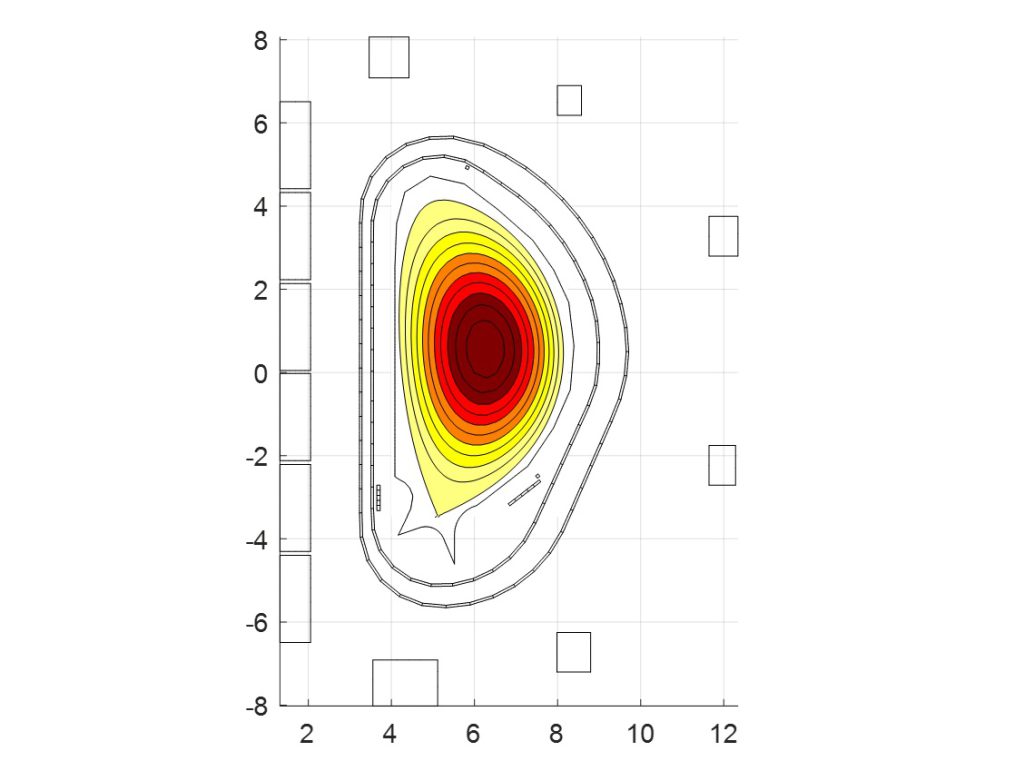Experts design software modules to operate ITER

3D representation in the graphical user interface to configure one of the software modules developed. © CREATE
The super-hot plasma in ITER will experience a lot of complex physical phenomena. Thousands of diagnostic devices will probe the plasma to take account of them. In particular, the magnetics diagnostic system will use more than one thousand coil probes to measure the magnetic fields generated by the ITER device and the plasma. This is one of the key systems for machine operation, but the use of these data is not immediate. How to shift from a myriad of measurements to relevant information allowing experts to operate the machine?
The answer lies in a set of software modules. The data-analysis software for magnetics diagnostics will bring all these measurements together and derive the parameters that other systems, scientists and engineers will use to control the plasma, interpret what happens in the machine and operate it accordingly. The design of this software has recently been validated and the coding stage has started.
F4E awarded a contract in 2018 to prepare the design of these software modules. The CREATE consortium collaborated with Consorzio RFX and ENEA (all three from Italy), as well as with ASIPP (China) and SPC-EPFL (Switzerland), to produce a set of state-of-the-art algorithms with a variety of functions. Alfredo Pironti, CREATE, gives us more details. “Starting from the output of the magnetic sensors, these algorithms allow to extract information about the plasma state, such as the total current, the position and the shape of the plasma, its distance from the wall, the stored magnetic energy and plasma instabilities. These are examples of quantities that need to be estimated and controlled in real time by the plasma control system, a fundamental component in making ITER a unique experimental device, capable of longer plasma discharges and better confinement.”

The most important part of the work is what experts call equilibrium reconstruction codes, which, succinctly put, will show what the structure of the plasma looks like. The codes need to process the measured data in a millisecond so as to give the parameters in real time. For this, F4E has worked with ASIPP using a code named PEFIT, which uses parallel computing to achieve this performance level, as well as with SPC-EPFL in the validation of a different code (LIUQE) that is also useful in this timescale.
Together with the algorithms, test suites have been prepared so that programmers have a cross-check to make sure they are on the right track when coding. “Having access to simulations of the ITER plasma behaviour allows to automatically compare the results obtained with the original software algorithm modules and the ones coded for the final implementation, thus greatly increasing the confidence on the quality of the software implementation,” explains André Neto, F4E Instrumentation & Control Technical Officer.
Christian Ingesson, F4E Project Manager following this contract, sketches the next steps in relation to ITER schedule. “In 2023, F4E will deliver the codes to ITER Organization, together with the electronics for the magnetics sensors, so that the commissioning of the magnetics diagnostic can start in preparation for first plasma.”